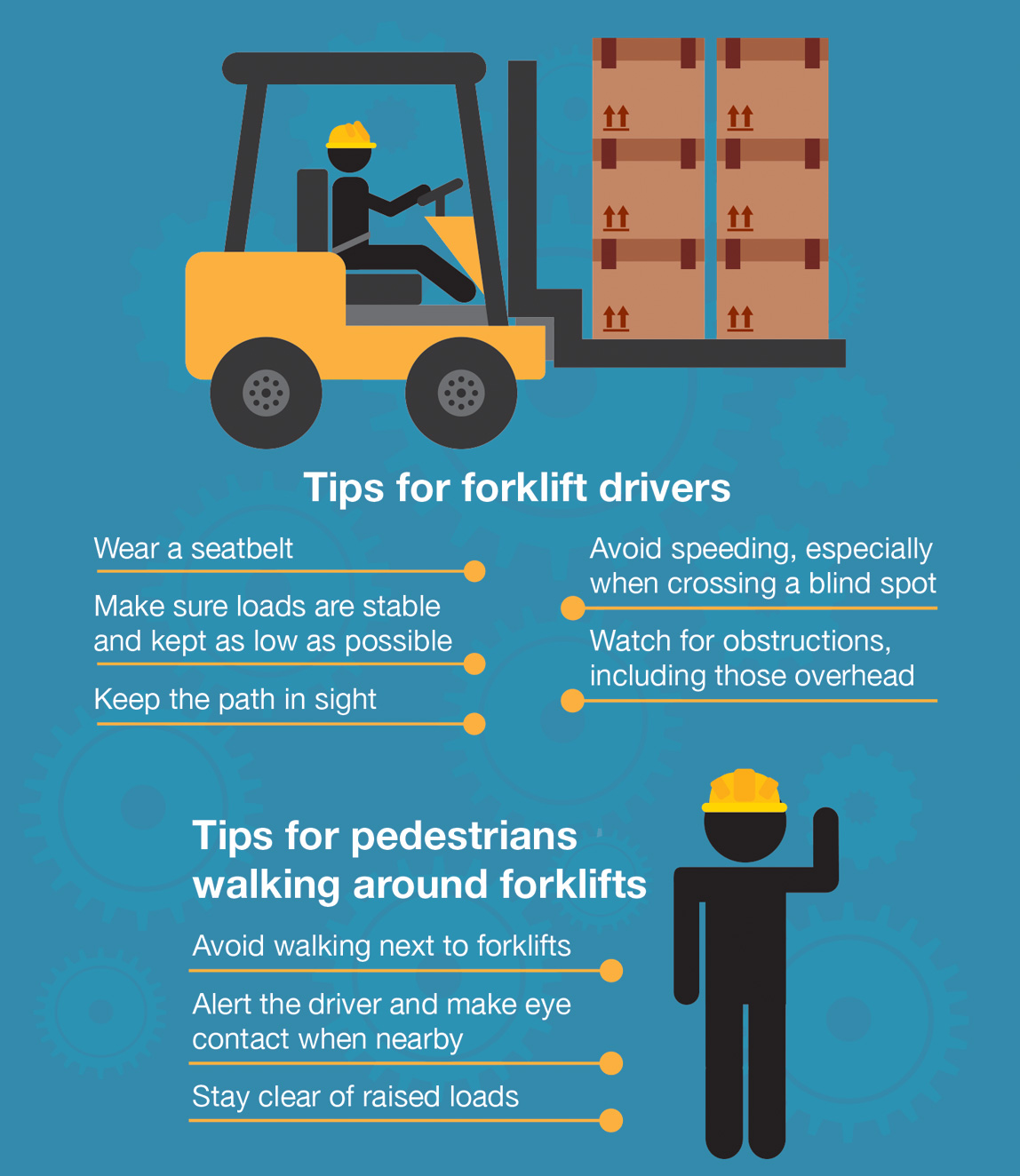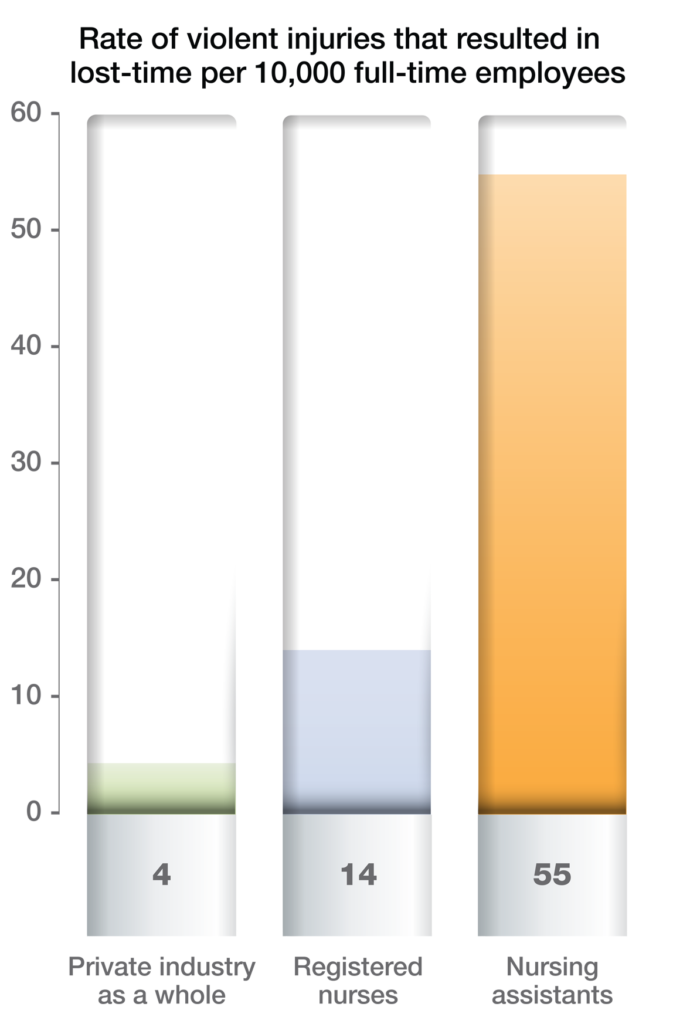By Lee Wendel, CIA, CSP, CSPHA
SFM Director of Loss Prevention
Nationally about 350 fatalities occur each year among workers covered by Occupational Safety and Health Administration’s walking-working surfaces and fall protection standards.
Earlier this year OSHA updated the standards. Minnesota OSHA announced that it would mirror and implement these standards effective September 19, 2017.
The updated rule applies to a wide range of businesses considered general industry. It doesn’t change expectations for those in the construction or agriculture segments.
Three categories covered by this standard are leading sources of severe injuries for SFM policyholders:
- Walking-working surfaces
- Ladder safety requirements
- Fall protection systems
Walking-working surfaces
OSHA defines walking-working surfaces as “any horizontal or vertical surface on or through which an employee walks, works or gains access to a work area or workplace location.”
According to the standard, employers must ensure:
- Surface conditions are clean, orderly and sanitary
- Floors are maintained free of sharp or protruding objects, loose boards, corrosion, leaks, spills, snow and ice
- Employers must inspect, maintain and repair walking-working surfaces as often as necessary
- Hazardous conditions on walking-working surfaces must be corrected or repaired. If corrections or repairs cannot be made immediately, the hazard must be guarded to prevent employees from using the surface until repairs are completed
Ladder safety requirements
According to OSHA, falls from ladders account for 20 percent of all fatal and lost-time work injuries in general industry. In recent years, some of the most severe injuries and fatalities from our policyholders could also have been prevented using the standards’ requirements as defined in the update.
Key elements for portable ladders
- Ladders must be inspected before initial use in each work shift to identify defects that could cause injury
- Employers must ensure that steps and rungs are slip-resistant
- Portable ladders are not moved, shifted or extended while under use
- Top steps and caps are not used as steps (ladders are labeled accordingly)
- Fastening multiple ladders together is not allowed
- Ladders cannot be placed on top of other items such as boxes or barrels to gain added height
The update also covers additional requirements and future standards for fixed ladders, mobile stands and platforms.
Fall protection options
OSHA defines fall protection as “any equipment, device, or system that prevents a worker from falling from an elevation or mitigates the effect of such a fall.”
The update requires all employers to protect employees from fall hazards along edges that are at least 4 feet above a lower level. Fall protection is also required in specific situations such as hoist areas, runways, areas above dangerous equipment, wall openings, repair pits, stairways, scaffolds and slaughtering platforms.
Fall protection anchoring and design is a complex topic — if your company doesn’t have a trained “competent person,” engage an expert to help.
Fall protection options under the new rule
- Guardrail System – A barrier erected along an exposed side, edge or another area of a walking-working surface to prevent workers from falling to a lower level
- Safety Net System – A netting system to stop falling workers before they make contact with a lower level or obstruction
- Personal Fall Arrest System – Consists of a body harness, anchor, connector and may include a lanyard, deceleration device, lifeline or a combination meant to stop a fall before the worker contacts a lower level
- Positioning System – Equipment and connectors that when used with a body belt or harness allows a worker to be supported on an elevated vertical surface and work with both hands free
- Travel Restraint System – Combination of anchor, connector, lanyard or other means of connection to eliminate the possibility of a worker going over the unprotected edge or side of a surface
- Ladder Safety System – A system attached to a ladder designed to eliminate or reduce the possibility of a worker falling; Cages and wells are not considered ladder safety systems
Training requirements for these topics were also updated. A qualified person must train workers affected by these risks on how to correctly: Identify and minimize fall hazards; use personal fall protection (if used); and maintain, inspect and store equipment or systems used for fall protection.
More topics covered in the standard can be found on the OSHA website . See the OSHA site for details with general requirements starting at §1910.22.
Additional resources
This is not intended to serve as legal advice for individual fact-specific legal cases or as a legal basis for your employment practices.


